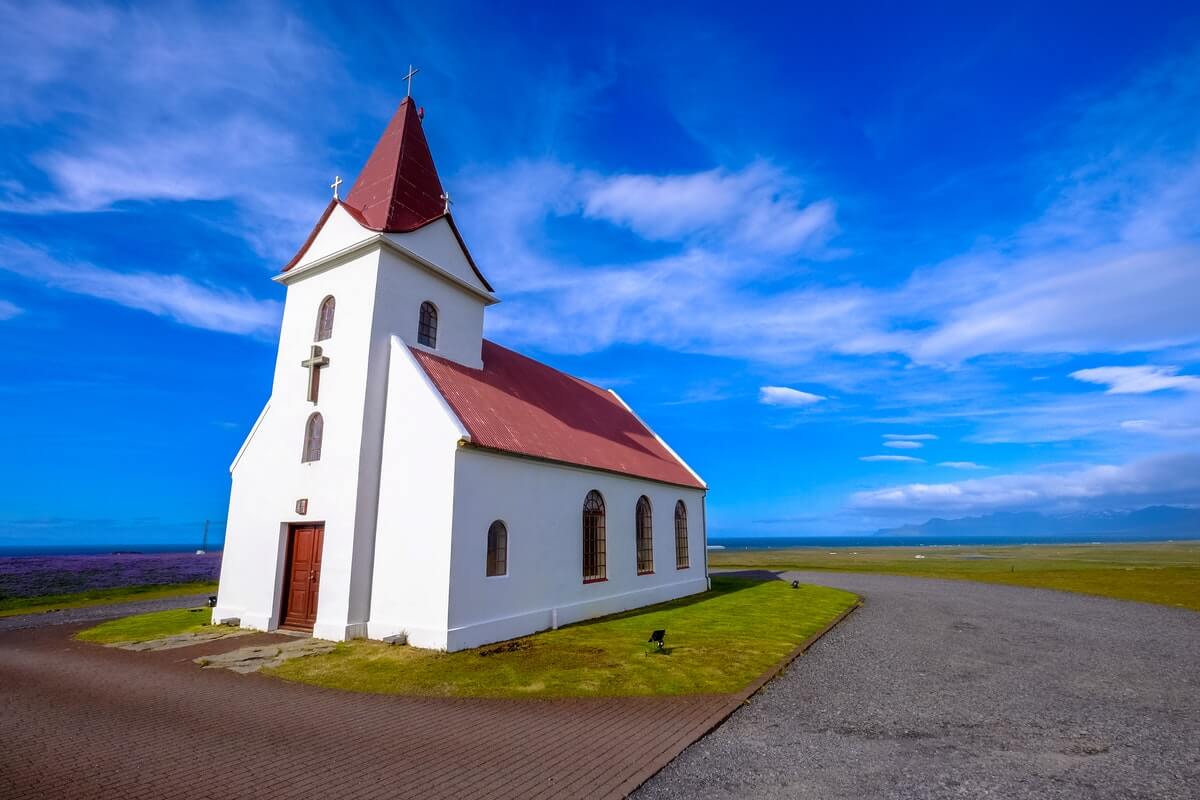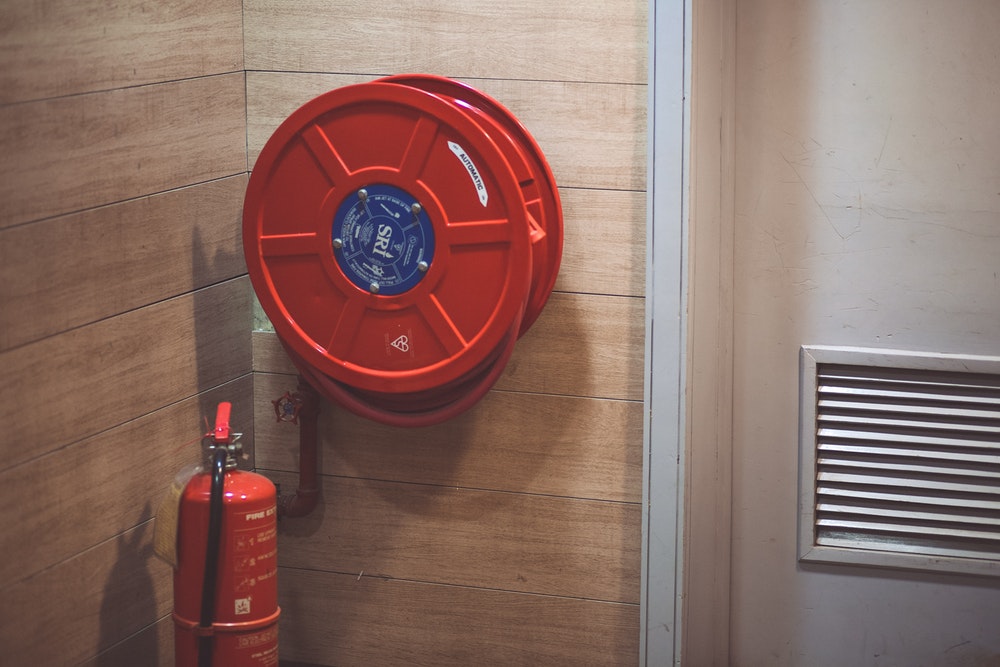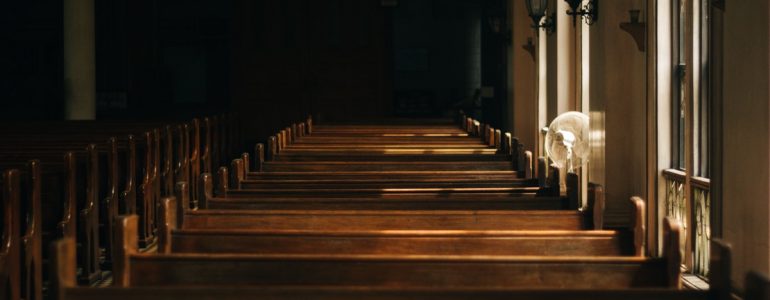Churches face many different security risks.
Burglars can break in and pilfer whatever they can lay their hands on. An armed criminal can walk in during service.
For large churches, a stampede can leave scores of people injured and can even be fatal.
You also have to think about fire safety.
To keep church workers and congregants safe, here are seven critical security tips for churches.
Note that these are not just for the main days of worship when the church is full. They should be implemented all the time.
1. Come Up With A Church Security Plan

A security plan is the most important part of church security. It allows you to identify security risks and come up with the best ways to mitigate them.
When conducting a security assessment, focus on both the inside and outside to ensure you cover all possible security risks. Check how easily a burglar can get in through the doors or windows, how well the inside is protected from a fire, how easily people can escape outside in an emergency and so on.
It’s a good idea to have two or three teams carry out an independent assessment in case one team misses something.
Once you have identified the risks, find the best solutions. It’s a good idea to consult with the police or security professionals for this. If you have security professionals among your congregants, they can help.
A church security plan is not a one-off thing. It should be updated at least once a year and after any security incident.
2. Hire Professional Security
Not all churches have the budget to hire security guards. It may also not make sense to hire security professionals if it’s a small church or a church located in a very secure neighbourhood.
But if you think there’s a risk of criminals walking into the church, invest in professional security even if it’s just for Sunday services. If you have a larger budget, sign up for round-the-clock protection.
Security guards will keep an eye on things to spot any potential trouble. You can also have them clear congregants at the door to make sure no one enters with a weapon, whether it’s a knife or a gun.
If you think there’s a high risk of burglary, have someone guarding the church at all times.
3. Install A Security System
Like in a home, a church security system can prevent and deter potential burglars and criminals.
The most important components of a security system are surveillance camera. You should have one on each side of the church, maybe even multiple cameras on each side to cover all angles.
You should also have cameras inside.
Depending on how safe the neighbourhood is, consider installing an alarm system as well to monitor the church at all times. For added protection, pay for an alarm monitoring service.
Don’t forget to install security lights all around the church. Don’t leave any dark spots that burglars can take advantage of to hide.
4. Install A Fire Safety System

Fire safety is a critical part of church security. Make sure your church complies with existing fire safety regulations for small, medium and large places of assembly.
This includes carrying out a fire risk assessment and implementing relevant fire protection measures.
A fire safety system should cover multiple risks and types of fires. For instance, you should be able to deal with an electrical fire as well as a regular fire.
If there’s heating equipment such as a furnace, incorporate preventive measures to ensure it cannot ignite a fire.
5. Run Drills
A security plan is useless if you cannot use it when you need it most. You need to make sure that everyone, from the congregants to the ushers, know what to do in case of an emergency.
This requires running regular drills covering different types of emergencies including a fire, a health emergency, an armed criminal and others.
Carry out drills at least once a year or more often if your church receives many new members.
Running drills allows everyone to practice exiting the church without causing a stampede. However, some drills may involve teaching congregants how to hunker down in place until the danger passes.
6. Mark The Exits
When there’s an emergency, the instinct for most people is to run. This is what often leads to deadly stampedes. A messy escape can actually prevent more people from escaping the danger.
The first step in preventing chaos is to make sure you have multiple exits. This prevents everyone from funnelling towards one exit, potentially resulting in a stampede.
Next, mark the exits clearly such that they are easily visible during an emergency. Use arrows to direct people towards the nearest exits.
During your safety drills, monitor how effectively people use the exits. Check if there are any obstacles along the exit paths and remove them.
7. Get Walkie Talkies
Panic and disorder makes things worse during an emergency. Lack of communication among the leaders, ushers or security attendants can worsen the disorder.
Smartphones are not ideal for communicating in such situations. Not only will it take forever to scroll to the right contact, cell phone service can be spotty.
Two-way radios are more convenient and reliable. Give one to every attendant or security guard. This makes it easy to coordinate and get people to safety.







